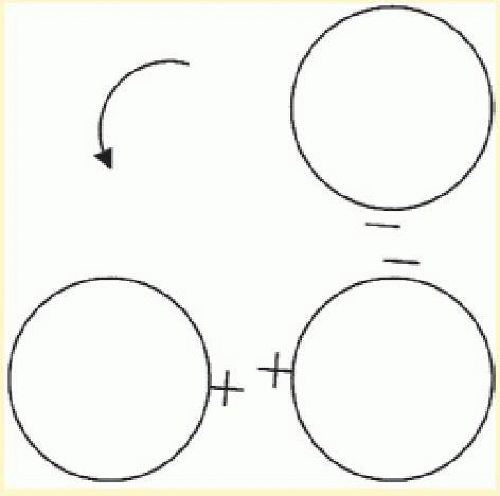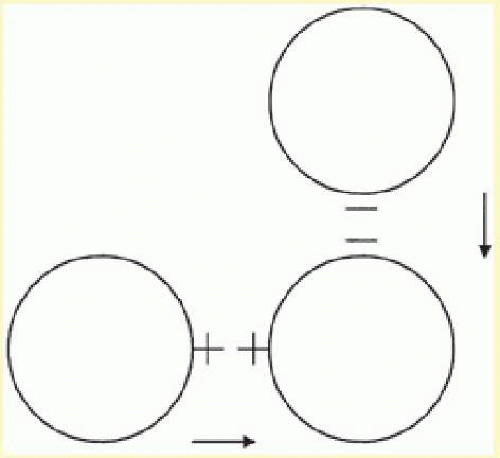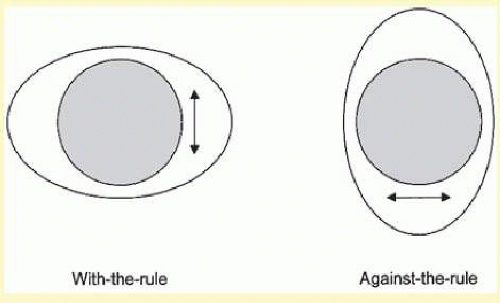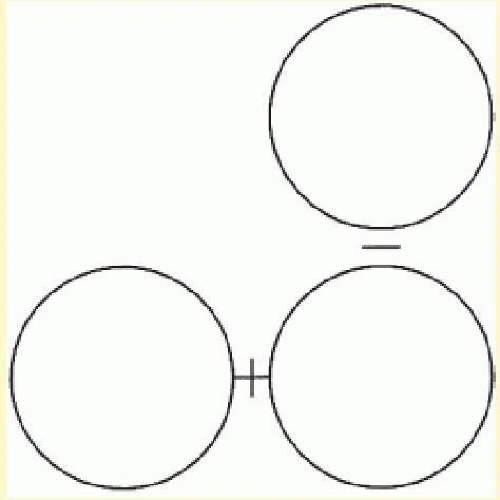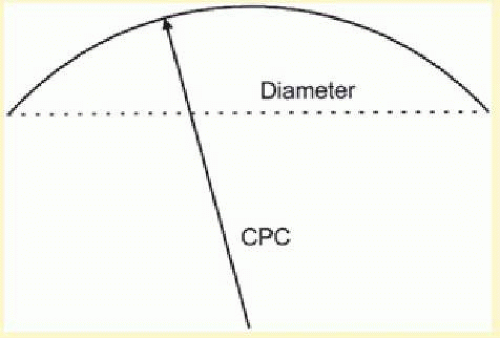Name |
Material |
Dk |
Wetting Angle |
Specific Gravity |
Color |
EW |
UV |
Refractive Index |
Accucon |
Pemufocon A |
25 |
<25 |
1.16 |
Blue, dark blue, brown, gray, green |
|
x |
1.458 |
Boston equalens |
Itafluorofocon A |
47 |
30 |
1.19 |
Blue |
x |
x |
1.439 |
Boston equalens II |
Oprifocon A |
85 |
30 |
1.24 |
Blue, green |
x |
x |
1.423 |
Boston EO |
Enflufocon B |
58 |
49 |
1.23 |
Blue, brown, gray, green, ice blue, electric blue |
|
x |
1.429 |
Boston ES |
Enflufocon A |
18 |
52 |
1.22 |
Blue, brown, gray, green, ice blue, clear |
|
x |
1.443 |
Boston II |
Itafocon A |
12 |
20 |
1.13 |
Blue |
|
|
1.471 |
Boston IV |
Itafocon B |
19 |
17 |
1.10 |
Blue |
|
|
1.469 |
Boston XO |
Hexafocon A |
100 |
49 |
1.27 |
Blue, green, violet, ice blue |
|
x |
1.415 |
Boston XO2 |
Hexafocon B |
141 |
38 |
1.19 |
Blue, green, violet, ice blue |
|
x |
1.424 |
Optimum classic |
Roflufocon A |
26 |
12 |
1.189 |
Blue, glacier blue, gray, green |
|
x |
1.453 |
Optimum comfort |
Roflufocon C |
65 |
6 |
1.178 |
Blue, glacier blue, gray, green, forest green, brown |
|
x |
1.441 |
Optimum extra |
Roflufocon D |
100 |
2 |
1.166 |
Blue, glacier blue, clear, gray, green |
|
x |
1.433 |
Optimum extreme |
Roflufocon E |
125 |
6 |
1.155 |
Blue, glacier blue, gray, green |
|
x |
1.433 |
Fluorex 300 |
Flusilfocon A |
30 |
12.6 |
1.113 |
Aqua, blue, clear, gray, green, rose brown |
|
|
1.465 |
Fluorex 500 |
Flusilfocon B |
50 |
13.3 |
1.105 |
Aqua, blue, clear, gray, green, rose brown |
|
|
1.460 |
Fluorex 700 |
Flusilfocon C |
70 |
15.3 |
1.097 |
Aqua, blue, clear, gray, green, rose brown |
|
|
1.457 |
Fluoroperm 30 |
Paflufocon C |
30 |
12.8 |
1.14 |
Blue, crystal blue, clear, gray, green, majestic Blue |
|
x |
1.466 |
Fluoroperm 60 |
Paflufocon B |
60 |
14.7 |
1.15 |
Blue, crystal blue, brown, clear, green |
x |
x |
1.453 |
Fluoroperm 92 |
Paflufocon A |
92 |
16 |
1.10 |
Blue, clear, gray, green |
x |
x |
1.453 |
Fluoroperm 151 |
Paflufocon D |
151 |
42 |
1.10 |
Blue, clear, green |
x |
x |
1.442 |
Optacryl 60 |
Kolfocon A |
18 |
25 |
1.13 |
Blue, green, violet |
|
|
1.467 |
Paragon HDS |
Paflufocon B |
58 |
14.7 |
1.16 |
Blue, crystal blue, green, forest green |
|
x |
1.449 |
Paragon HDS 100 |
Paflufocon D |
100 |
42 |
1.10 |
Sapphire blue, emerald green |
x |
x |
1.442 |
Paragon thin |
Paflufocon C |
29 |
12.8 |
1.14 |
Clear, sapphire blue, emerald green |
|
x |
1.463 |
Paraperm 02 |
Pasifocon A |
15.6 |
23.1 |
1.12 |
Blue, clear, green, cool green, electric blue |
|
|
1.480 |
Paraperm EW |
Pasifocon A |
56 |
26 |
1.07 |
Blue, clear, green |
x |
|
1.467 |
Hybrid FS |
Hybufocon A |
31 |
0 |
1.183 |
Blue, clear, gray, green |
|
x |
1.447 |
Hydro 2 |
Filofocon A |
50 |
<5 |
1.146 |
Soft blue, soft green, ocean blue |
|
x |
1.463 |
Onsi-56 |
Onsifocon A |
56 |
7.2 |
1.206 |
Blue, gray, green, blue uv, onsure (blue-violet) |
|
|
1.452 |
|
|
|
|
|
Clear, dark blue, dark green, dark brown |
|
|
Tyro-97 |
Hofocon A |
97 |
25 |
1.187 |
Blue, gray, green, blue uv, clear, onsure (blue-violet) |
|
|
1.440 |
Flosi |
Wilofocon A |
26 |
23.5 |
1.270 |
Blue, dark blue, brown, clear, gray, green, dark green, violet |
|
|
1.455 |
PMMA |
Polymethylmethacrylate |
<0.02 |
25 |
1.190 |
Blue, brown, clear, gray, green, pink |
|
|
1.495 |
SA-18 |
Kolfocon A |
18 |
<25 |
1.126 |
Light/mild/dark blue, light/mild/dark green, brown, gray, dark gray, violet, clear |
|
|
1.469 |
SA-32 |
Kolfocon B |
32 |
< 25 |
1.101 |
Light/mild/dark blue, light/mild/dark green, brown, gray, dark gray, violet, clear |
|
|
1.467 |
|
|
|
|
|
Trans-air color match: forest green, violet, red, dark blue |
|
|
OP-2 |
Lotifocon B |
15.9 |
17 |
1.115 |
Blue, brown, clear, gray, green |
|
x |
1.467 |
OP-3 |
Lotifocon A |
30 |
21 |
1.115 |
Blue, dark blue, brown, clear, gray, green, dark green |
|
x |
1.457 |
OP-6 |
Lotifocon C |
60 |
26 |
1.113 |
Blue, brown, clear, gray, green |
|
x |
1.447 |
SGP I |
Telefocon A |
22 |
<30 |
1.126 |
Blue, brown, clear, gray, green |
|
|
1.475 |
SGP II |
Telefocon B |
43.5 |
<30 |
1.126 |
Blue, brown, clear, gray, green |
|
|
1.471 |
SGP III |
Unifocon A |
43.5 |
<20 |
1.126 |
Blue, clear, green |
|
|
1.481 |
Menicon Z |
Tisilfocon A |
163 |
24 |
1.20 |
Blue |
|
x |
1.436 |
Rigid gas-permeable lens materials are shown with their physical characteristics. Note that some block UV light and some are approved for extended wear. |
|
